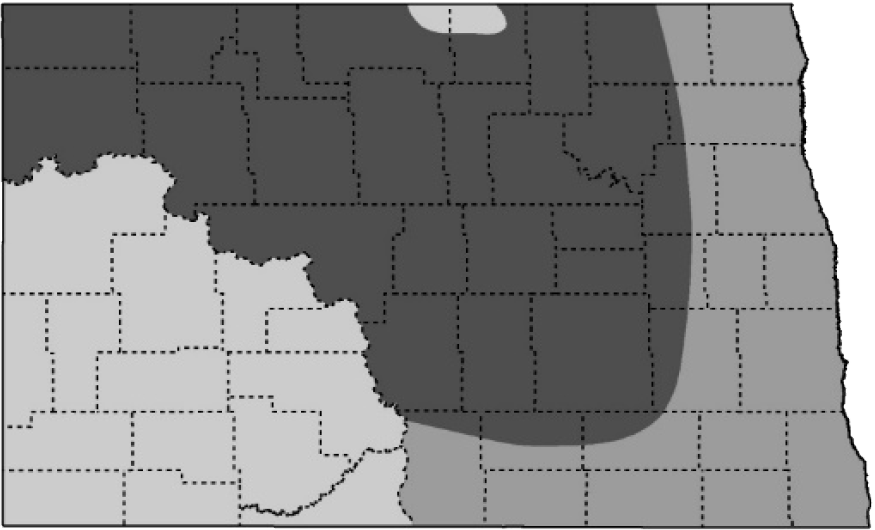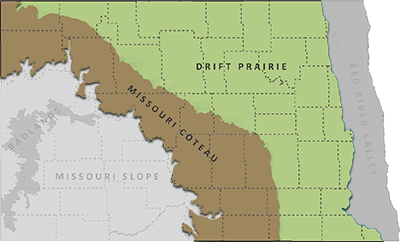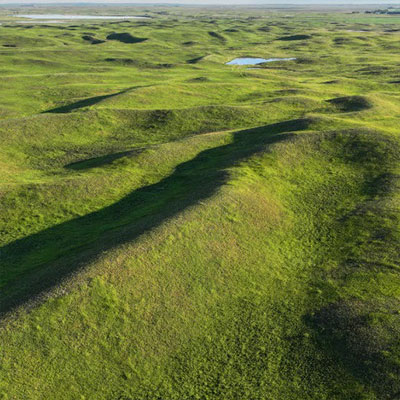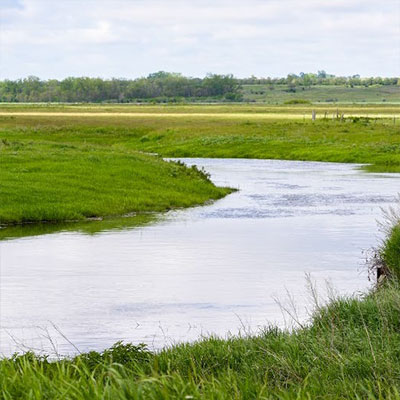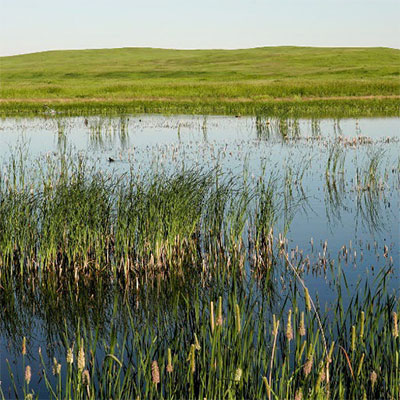Nelson’s Sparrow

NDGF
L 5”, WS 7”, 0.6 oz. Yellow face and throat, finely streaked breast, gray nape and crown, and pronounced white belly.
Status in North Dakota
Occurs in North Dakota from mid-May to mid-October. Peak breeding season mid-June to late July.
Reason for SWAP Designation
At-risk, ND range important (SGCN b.).
ND ranks 1st out of 6 states for highest percent of the global population (19.49%) during the breeding season (eBird).
The Nelson’s Sparrow is generally stable, ND has high stewardship responsibility.
Threats
Loss and degradation of wetlands, drainage and wetland consolidation.
Hydrologic shifts in wetlands of the PPR due to wetland consolidation and drainage, climate and land use changes (i.e. lakeification).
Classified as climate-endangered, Nelson’s Sparrow is projected to lose more than half of its current distribution by 2050, with no net gains of new areas (Audubon).
Increasing applications of agrochemicals and adverse impacts to water quality, the wetland vegetative community, and the aquatic invertebrate community.
Annual grazing, mowing, and haying of wetland edges is detrimental to their preferred habitat.
Harmful concentrations of mercury have been reported in a breeding population of Nelson’s Sparrows in northeastern North Dakota.
For reasons that are unclear, this species is more prone to colliding with buildings than other bird species.
Research and Monitoring
Habitat requirements are generally known.
Little known about reproductive success, annual adult survival, or fledgling survival.
Additional information is needed on migration and wintering behaviors.
The Breeding Bird Survey, eBird and Partners in Flight Databases are key sources of information on distribution and population trends.
Management Recommendations
- Protect and conserve wetlands, including the wetland margins.
- Restore hydrology and vegetation to degraded wetlands.
- Use prairie cordgrass and other tall vegetation when restoring wetland buffers.
- Use fencing to exclude cattle from wetlands and wetland edges. Develop a livestock watering system to reduce or eliminate direct watering.
- Follow bird-friendly building designs.
- Use flashing lights versus steady-burning lights on communication and other towers.

